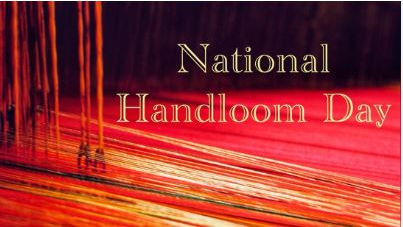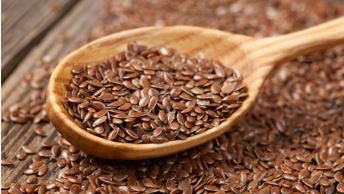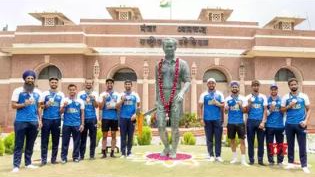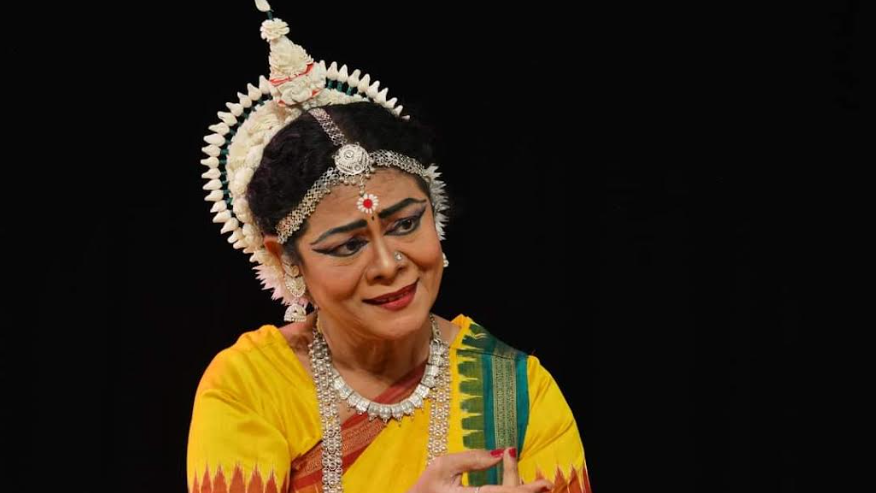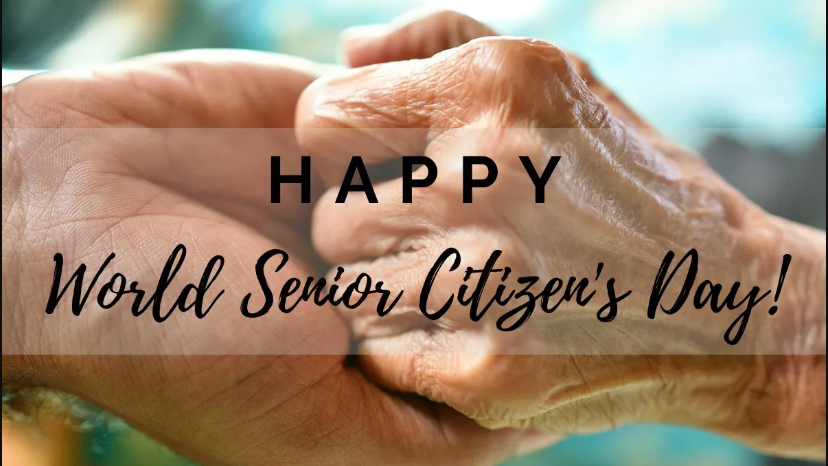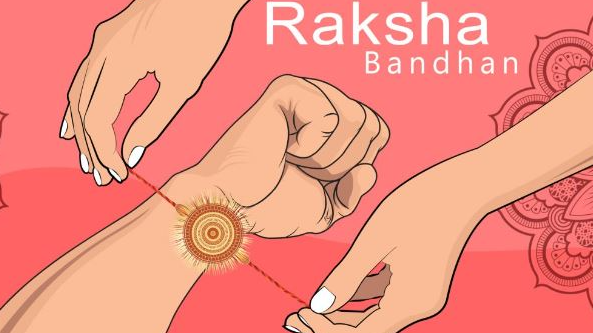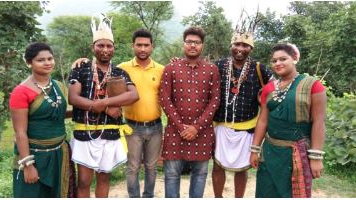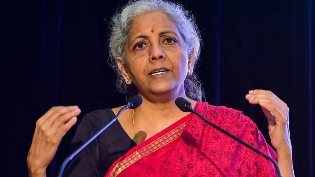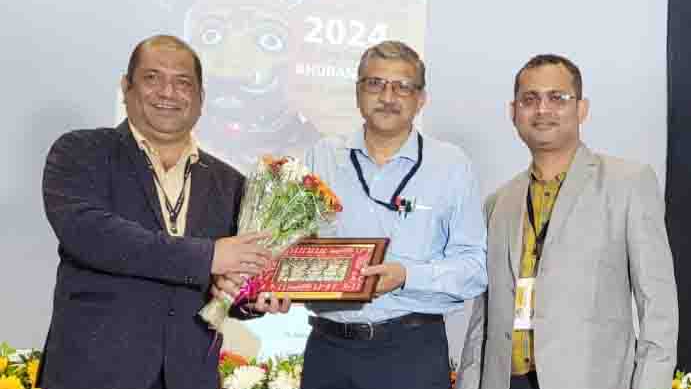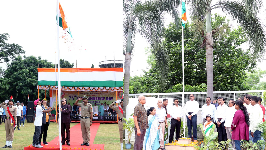National Handloom Day commemorates the launch of the Swadeshi Movement in 1905, which fervently promoted indigenous industries, including handloom weaving. In 2015, the Indian government officially designated this day to honour the handloom sector. During the inaugural celebration, the Honourable Prime Minister emphasised, “Handlooms can be a tool to fight poverty, just as the Swadeshi movement was a tool in the struggle for freedom.”
The textile industry is a major employment generator in India, directly employing over 45 million people, with a significant number of women and rural inhabitants. According to the Fourth All India Handloom Census 2019-20, India has 35,22,512 handloom workers, with more than 70% being women. Out of the 31.45 lakh households involved in handloom activities, 88.7% are located in rural areas. Thus, the handloom sector plays a crucial role in empowering women and rural communities.
India has been renowned for its high-quality handloom products since the 5th century BCE. Currently, Indian textile products, including handlooms and handicrafts, are exported to over 100 countries, with the USA, EU, and UK accounting for approximately 47% of these exports. Key export items include fabrics, bed linen, table linen, towels, curtains, cushions, tapestries, carpets, and floor coverings. Major importers of Indian handloom products include the USA, UK, Germany, Italy, France, Japan, Saudi Arabia, Australia, the Netherlands, and the UAE.
The Victoria and Albert Museum, a leading art and design museum, notes that the earliest surviving Indian cotton threads date back to around 4000 BC, with dyed fabrics documented as far back as 2500 BC. Indian handloom designs are influenced by geographic factors, local resources, religious and social customs, resulting in a rich diversity of styles. Notable handloom products registered under the Geographical Indications of Goods Act include Bagh, Batik, Chanderi, and Maheshwari from Madhya Pradesh; Banarasi Brocades, Zardozi, and Chikankari from Uttar Pradesh; Baluchari, Tangail, and Jamdani from West Bengal; Kasargod, Kannur, and Kuthampully from Kerala; Pochampally and Gadwal from Telangana; and various traditional designs from Gujarat, Assam, and Manipur.
Government Initiatives to Promote Indian Handlooms
The Ministry of Textiles, Government of India, has implemented various schemes and campaigns, including Vocal for Local, to support handloom weavers and increase their income. Prominent central schemes include the National Handloom Development Programme, Raw Material Supply Scheme, National Handicraft Development Programme, and Comprehensive Handicrafts Cluster Development Scheme. These schemes provide financial assistance for raw materials, upgraded looms, toolkits, solar lighting units, work shed construction, product and design development, technical infrastructure, marketing, concessional loans under the Weavers’ MUDRA scheme, and social security.
As of 2022, the Ministry of Textiles has provided INR 76.6 crore to 91 Handloom Clusters. Under the Hatkargha Samvardhan Sahayata, the government covered 90% of the cost of looms and accessories for 1,109 weavers. Skill upgradation training was provided to 2,107 handloom workers under the Handloom Clusters of the National Handloom Development Programme. Financial assistance amounting to INR 18.49 crore was released for 141 marketing events, and INR 10.40 crore was allocated for various activities sanctioned to Mega Handloom Clusters under the Comprehensive Handloom Cluster Development Scheme. Additionally, 102.05 lakh kg of yarn was supplied under the transport subsidy component, 73.79 lakh kg under the price subsidy component, and a total of 175.84 lakh kg of yarn under the Raw Material Supply Scheme (RMSS).
The multifaceted efforts to boost production and demand in both domestic and international markets are yielding positive results. According to data from the Ministry of Textiles, India's textile exports have been rising, reaching a record $44.4 billion in textiles and apparel, including handicrafts, in FY 2021-22, marking a significant increase of 41% and 26% over FY 2020-21 and FY 2019-20, respectively. It is projected that Indian textile exports will grow to $100 billion by 2030.
The increasing demand for textile and handloom products is expected to improve the income of weaver households and empower the women who form the backbone of the weaving community. Reflecting on this in 1920, Mahatma Gandhi wrote, “Revival of hand-spinning and hand-weaving will make the largest contribution to the economic and moral regeneration of India. If the millions are to be saved from starvation, they must be enabled to reintroduce spinning in their homes, and every village must repossess its own weaver.”




